You are here: Home / Biker News / Motorcycle Tire Size Meaning Explained
By mts on
Motorcycle tires have size codes, a set of numbers and letters, which represent different factors like width, aspect ratio, speed rating, rim size, construction, type of the tire, load and speed indices, type of tube and the like. These sets of numbers and letters may either be measured in Metric, Alpha, or using the rare Standard Inch. These are called measurement systems, and they help you know the size of your tire. There are three major systems and each has a different format, which is why it is important to have the motorcycle tire size meaning explained, so you can learn – in order to buy the right tire for your bike.
This system measures the size in millimeters. It is the most commonly used system for motorcycle tires, which is a set of three numbers and letters implying the width of the tire, the aspect ratio of the tire (ratio of tire‘s height to the width) and lastly the rim size given in inches. Immediately after the speed rating, you will find a letter or two letters used to signify the speed rating and the radial construction of the tire consecutively.
Click Here For Tire Pressure Gauge
Let us look at an example of this rating from a Shinko motorcycle tire 190/50 ZR 17:
However, the speed rating and the construction of the tire may not be indicated. In this case you will have a set of number in this manner: 100/90 – 19. This Shinko tire reading means it is 100 mm wide, with a 90% aspect ratio and can be mounted on to a rim of 19 inches.
In short, Metric measurement takes either the Width/aspect ratio-rim size format or Width/aspect ratio-speed rating-Tire Construction-Rim size format.
Click Here For Tire Pressure Gauge
This is the standard system used in the United States. The measurements are given in inches and the measurements are straight forward.
Let us look at this format used by Shinko on one of their touring tires; MT90 – 16.
Click Here For Tire Pressure Gauge
There are 3 key differences between the Metric reading and the Alpha reading:
The wheel construction is denoted by letter “B” otherwise it is assumed to be bias-ply.
This is an outdated system and is only found in classic motorcycle. It is usually given in inches, hence the name Standard Inch measurement system. The aspect ratio of these tires is 100%; and it may or may not be indicated. Another thing to note is that these tires are not belted and are of bias-ply construction.
An example is 3.25H-19
The aspect ratio, though not indicated, is 100% meaning the height of the tire is 100% the width of the tire
Low Profile Inch System
Click Here For Tire Pressure Gauge
This is almost similar to the standard system; the difference is that the aspect ratio is 82% instead of 100%. However, on some tires the aspect ratio may be specified as 85%. This system is no longer in use.
Next time you are out shopping for new tires, make sure you have the right size now that you have the readings explained to you. If you are looking for some motorcycle parts for Harley Davidson, we recommend checking Viking Bags online store.
If you are looking for some motorcycle parts for Harley Davidson, we recommend checking Viking Bags online store.
For All Motorbike Tires
Click Here For Tire Prices
The most obvious piece of information is the big numbers and letters that usually look like this – 130/90 17, or MT90 17.
These numbers are a metric designation that indicates the size of the tire and the rim that tyre is designed to go on. The question is what do those numbers actually mean?
Let's start with the first series of numbers, 130/90 17 which in this case are a metric designation. This is the most popular nomenclature used in the motorcycle tire sizing world today. What do those numbers actually mean?
THE FIRST NUMBER – WIDTH
The 130 indicates the width of the tire in millimeters. This is measured as a straight line through the tyre from one edge of the tire's tread to the other edge.
THE SECOND NUMBER – ASPECT RATIO
The second number, the 90, represents how tall a motorcycle tire is in relationship to its width.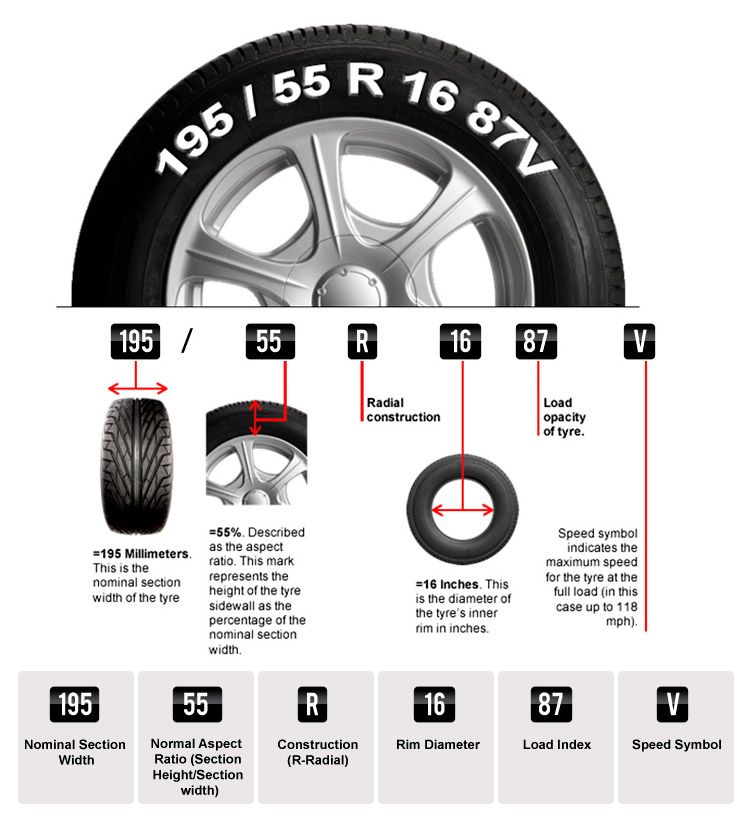 This is the aspect ratio between the tire's width and its height indicated as a percentage. In simple terms this means the larger this number is, the taller the tyre will be. In the example the tyre is 90 percent as tall as its width which we could calculate to be 117mm.
This is the aspect ratio between the tire's width and its height indicated as a percentage. In simple terms this means the larger this number is, the taller the tyre will be. In the example the tyre is 90 percent as tall as its width which we could calculate to be 117mm.
THE THIRD NUMBER – RIM SIZE
The last number, 17, refers to the tire's rim diameter expressed in inches.
The width on some tires may be expressed in inches. In those cases the aspect ratio is usually not included.
An alphanumeric designation such as MT90 17, represents the same tire size as 130/90 17. It's just expressed in a different way. M means the tire is for motorcycle use, T is the tire width code, 90 is the aspect ratio and 17 is the rim diameter.
You'll notice the tables do not go any further than 150/90 tyre sizes. Here's why.
The alpha numeric method of tire sizing is older than the metric system. Way back when … motorcycle tires didn't get much larger than an MV85 which is equivalent to a width of 150mm. Modern tires larger than 150mm wide now only carry the metric size designation.
Way back when … motorcycle tires didn't get much larger than an MV85 which is equivalent to a width of 150mm. Modern tires larger than 150mm wide now only carry the metric size designation.
| Front | ||
| INCH | METRIC | ALPHANUMERIC |
| 2.50/2.75 | 80/90 | MH90 |
| 2.75/3.00 | 90/90 | MJ90 |
| 3.25/3.50 | 100/90 | MM90 |
| 4.00 | 110/90 | MN90 |
| 4.25/4.50 | 120/80 | MR85 |
| 4.25/4.50 | 120/90 | MR90 |
5.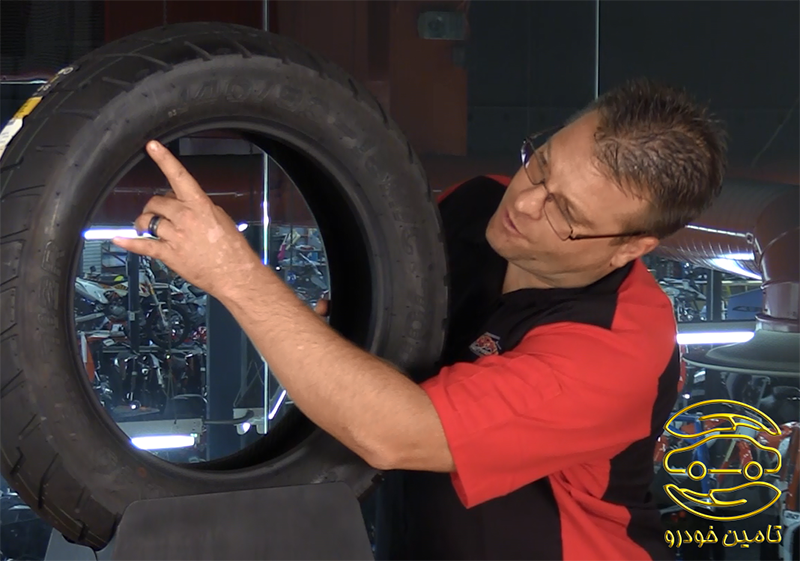 00/5.10 00/5.10 | 130/90 | MT90 |
| Rear | ||
| INCH | METRIC | ALPHANUMERIC |
| 4.00/4.50 | 110/9 | 0 MN90 |
| 4.50/4.75 | 120/80 | MP85 |
| 4.50/4.75 | 120/90 | MP90 |
| 5.00/5.10 | 130/90 | MT90 |
| 5.50/6.00 | 140/90 | MU90 |
| 6.00/6.25 | 150/80 | MV85 |
6. 00/6.25 00/6.25 | 150/90 | MV90 |
It's likely you'll find other letters mixed in within these motorcycle tire sizing numbers. They'll look like: 120/70ZR17 or 170/60R 17V, or even in other combinations. The two extra letters designate the tire's speed rating and construction.
The letter R or B indicates the construction used to create the casing of the motorcycle tire. An R stands for radial construction and a B indicates the casing has a belted bias.
Speed RatingThe other letter refers to the speed rating and indicates the maximum speed a motorcycle tire can sustain under its recommended load capacity. For example, U is indicates a maximum speed of 200 kmh / 124 mph.
In the examples the Z and the V are both speed rating indicators.
| SPEED RATING | MAX SPEED – MPH | MAX SPEED – KPH |
| J Type | 62 | 100 |
| N Type | 87 | 140 |
| Q Type | 99 | 160 |
| S Type | 112 | 180 |
| T Type | 118 | 190 |
| U Type | 124 | 200 |
| H Type | 130 | 210 |
| V Type | 149 | 240 |
| W Type | 168 | 270 |
| Y Type | 186 | 300 |
| Z Type | Over 149 | Over 240 |
Introduction
How to decipher the marking of motorcycle tires
Correspondence table for metric and inch tire marking systems
Conclusion
Motorcycle tires are impossible to choose correctly if you do not understand their sizes. Otherwise, at best, you risk bringing just a useless piece of rubber from the store. To determine the sizes, we have prepared a short decoding method and a comparison table of tire dimensions.
Otherwise, at best, you risk bringing just a useless piece of rubber from the store. To determine the sizes, we have prepared a short decoding method and a comparison table of tire dimensions.
Any motor rubber has a sea of information on the sidewall about the properties, purpose and, of course, size. We need to figure it out, and then compare the readings with the table. You can learn more about motorcycle tire labeling in our previous article.
As a rule, the main marking on the side of the tire looks like this: 120/80 R16 59S. This is the so-called metric marking. Let's understand it in more detail:
120 - profile width from edge to edge of the tread, expressed in millimeters.
80 - profile height, expressed as a percentage.
R - radial type of construction.
16 - diameter of the landing area. This indicator should correspond to the same diameter of the rim on which the tire will be put on.
59 - load index, or the maximum weight that the tire can withstand without loss of performance. We are looking for it in the table:
| Tire load index | |||||||
| 40 | 140 | 53 | 206 | 66 | 300 | 79 | 437 |
| 41 | 145 | 54 | 212 | 67 | 307 | 80 | 450 |
| 42 | 150 | 55 | 218 | 68 | 315 | 81 | 462 |
| 43 | 155 | 56 | 224 | 69 | 325 | 82 | 475 |
| 44 | 160 | 57 | 230 | 70 | 335 | 83 | 487 |
| 45 | 165 | 58 | 236 | 71 | 345 | 84 | 500 |
| 46 | 170 | 59 | 243 | 72 | 355 | 85 | 515 |
| 47 | 175 | 60 | 250 | 73 | 365 | 86 | 530 |
| 48 | 180 | 61 | 257 | 74 | 375 | 87 | 545 |
| 49 | 185 | 62 | 265 | 75 | 387 | 88 | 560 |
| 50 | 190 | 63 | 272 | 76 | 400 | 89 | 580 |
| 51 | 195 | 64 | 280 | 77 | 412 | 90 | 600 |
| 52 | 200 | 65 | 290 | 78 | 425 | 91 | 615 |
S is an index of the speed at which the bike can move without losing ride stability, grip and other useful tire characteristics.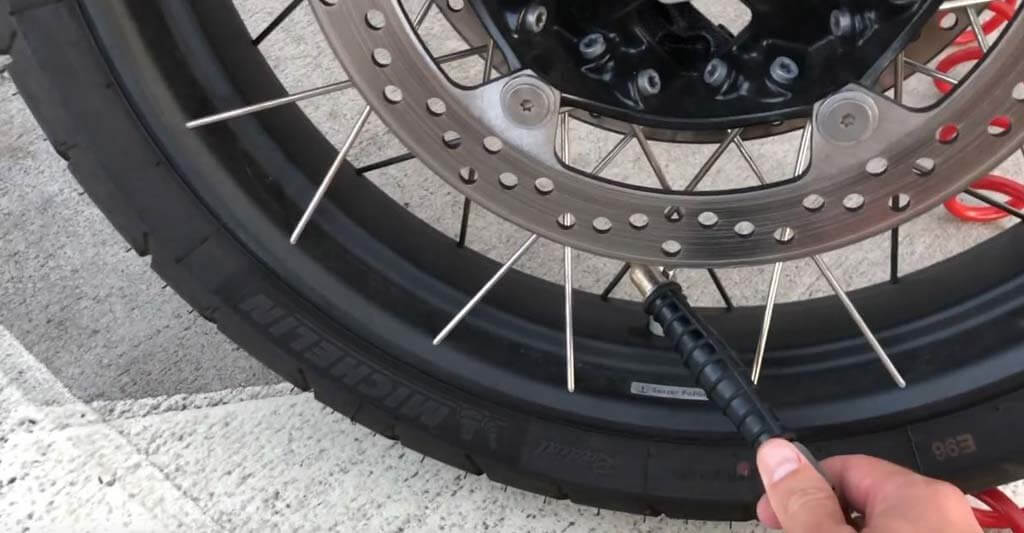 The value is also in a special table:
The value is also in a special table:
The models in the top are arranged in terms of price / quality ratio. In the process of writing it, we were guided by the reviews of amateur bikers, professional tests, and were also guided by our own subjective opinion and many years of experience with tires.
| Speed index | Maximum speed, km/h |
|---|---|
| A | 40 |
| B | 50 |
| C | 60 |
| 65 | |
| E | 70 |
| F | 80 |
| G | 90 |
| J | 100 |
| K | 110 |
| L | 120 |
| M | 130 |
| N | 140 |
| P | 150 |
| Q | 160 |
| R | 170 |
| S | 180 |
| T | 190 |
| U | 200 |
| H | 210 |
| V | 240 |
| W | 270 |
| Y | 300 |
| VR | >210 |
| ZR | >240 |
| (W) | >270 |
| Z | >300 |
This method of marking tires is followed by most manufacturers, but there are those who prefer alternative types, where the dimensions are indicated in inches. For example, this one is 3.25H-19. Everything is simple here: 3.25 is the tire width expressed in inches, H is the speed index, 19 is the bore diameter.
For example, this one is 3.25H-19. Everything is simple here: 3.25 is the tire width expressed in inches, H is the speed index, 19 is the bore diameter.
Sometimes an inch designation can be used instead of the usual millimeter, for example, like this: 4.60/80 R16.
There is a rather rare alpha system created mainly for sports tourists. For example, this type of MM90S-16, where: MM - profile width in inches (3.75), 90 - profile height in percent; S - speed index, 16 - diameter of the landing rim of the tire.
| Marking alpha | Width in inches |
|---|---|
| MG | 2.75 |
| MH | 3.00 |
| MJ | 3.25 |
| ML | 3.50 |
| MM | 3.75 |
| MN | 4.00 |
| MP | 4. |
| MR | 4.50 |
| MS | 4.75 |
| MT | 5.00 |
| MU | 5.50 |
| MV | 6.00 |
To make it easier for you to determine what the inch size corresponds to in the metric system and vice versa, we have prepared a comparison table for you.
| Tire size in. | Load index | Permissible rim width, inch. | Tire size | ||||
| Alpha | Metric | ||||||
| Standard | Reinforced. | 100 | 90 | 80 | |||
| 2. | 40 | 46 | 1.50-1.85 | MH 90-16 | 80/100-16 | 80/90-16 | 90/80-16 |
| 3.00-16 | 40 | 48 | 1.60-2.15 | MH 90-16 | 90/100-16 | 90/90-16 | 100/80-16 |
| 3.25-16 | 48 | 55 | 1.85-2.50 | MJ 90-16 | 100/100-16 | 100/90-16 | 110/80-16 |
| 3.50-16 | 52 | 58 | 1.85-2.50 | ML 90-16 | 100/100-16 | 100/90-16 | 110/80-16 |
| 4.60-16 | 58 | 59 | 1. | MM 90-16 | 100/100-16 | 110/90-16 | 120/80-16 |
| 2.75-17 | 41 | 47 | 1.50-1.85 | MH 90-17 | 80/100-17 | 80/90-17 | 90/80-17 |
| 3.00-17 | 41 | 50 | 1.60-2.15 | MH 90-17 | 90/100-17 | 90/90-17 | 100/80-17 |
| 4.50-17 | 50 | 67 | 2.15-3.00 | MR 90-17 | 110/100-17 | 130/90-17 | 140/80-17 |
| 4.60-17 | 50 | 62 | 1. | MS 90-17 | 100/100-17 | 110/90-17 | 120/80-17 |
| 5.10-17 | 50 | 67 | 2.50-3.50 | MT 90-17 | 110/100-17 | 130/90-17 | 140/80-17 |
| 2.75-18 | 42 | 48 | 1.50-1.85 | MH 90-18 | 80/100-18 | 80/90-18 | 90/80-18 |
| 3.00-18 | 47 | 52 | 1.60-2.15 | MH 90-18 | 90/100-18 | 90/90-18 | 100/80-18 |
| 3.25-18 | 52 | 59 | 1. | MJ 90-18 | 100/100-18 | 100/90-18 | 110/80-18 |
| 3.50-18 | 56 | 62 | 1.85-2.50 | ML 90-18 | 100/100-18 | 100/90-18 | 110/80-18 |
| 3.60-18 | 51 | 62 | 1.85-2.50 | MH 90-18 | 100/100-18 | 90/90-18 | 100/80-18 |
| 4.00-18 | 64 | 69 | 2.15-3.00 | MN 90-18 | 110/100-18 | 120/90-18 | 130/80-18 |
| 4.10-18 | 60 | 69 | 1.85-3.00 | ML 90-18 | 100/100-18 | 100/90-18 | 110/80-18 |
| 4. | 64 | 69 | 1.85-3.00 | MM 90-18 | 110/100-18 | 110/90-18 | 120/80-18 |
| 4.25-18 | 66 | 69 | 2.15-3.00 | ML 90-18 | 110/100-18 | 120/90-18 | 130/80-18 |
| 4.60-18 | 63 | 69 | 1.85-3.00 | MR 90-18 | 110/100-18 | 120/90-18 | 130/80-18 |
| 3.00-19 | 49 | 54 | 1.60-2.15 | MH 90-19 | 90/100-19 | 90/90-19 | 100/80-19 |
| 3. | 54 | 54 | 1.85-2.50 | MJ 90-19 | 100/100-19 | 100/90-19 | 110/80-19 |
| 3.50-19 | 54 | 57 | 1.85-2.50 | ML 90-19 | 100/100-19 | 100/90-19 | 110/80-19 |
| 3.60-19 | 52 | 54 | 1.85-2.50 | MH 90-19 | 100/100-19 | 90/90-19 | 100/80-19 |
| 2.75-21 | 45 | 54 | 1.50-1.85 | MH 90-21 | 80/100-21 | 80/90-21 | 90/80-21 |
| 3. | 51 | 57 | 1.60-2.15 | MH 90-21 | 90/100-21 | 90/90-21 | 100/80-21 |
Keep this chart for yourself and you will always have data on how to determine the size of motorcycle tires. In the BlackTyres online store, the selection of new clothes will be much faster and easier, because you can choose tires according to the model and size of the wheels of your bike. Just sort them using filters and choose your favorite tires.
Today we will figure out what is what in the markings of motor rubber.
Let's start with the fact that there are 4 types of such markings in the world:
The metric marking system is found in our country much more often than others. In its classic form, it is approximately the following code: 120/70 - Z17 M / C. All its elements are in strict order. Let's consider each of them in more detail.
All its elements are in strict order. Let's consider each of them in more detail.
The first number (in our case 120) indicates the width of the tire in a straight line from edge to edge. In the metric marking system, it is measured in millimeters.
The second digit (in the example it is 70) indicates the height of the tire profile including the tread. It is expressed as a percentage of the tire width in mm.
Using a tire with a rim width or height not specified by the motorcycle manufacturer may result in loss of cornering dynamics, increased fuel consumption and reduced tire life.
Next are the Latin letters. The first letter (Z) means that this is a high-speed tire and can be used at speeds over 240 km/h.
The letter W is a speed index, that is, an indicator, the excess of which negatively affects the condition of the tire and reduces its life. Latin speed index designations are international and are used in all types of motor rubber markings.
Below we present a summary table of speed indices.
Speed indices
| Designation | km/h | mph |
| B | 50 | 31 |
| C | 60 | 37 |
| D | 65 | 40 |
| E | 70 | 44 |
| F | 80 | 50 |
| G | 90 | 56 |
| J | 100 | 62 |
| K | 110 | 68 |
| L | 120 | 74 |
| M | 130 | 81 |
| N | 140 | 87 |
| P | 150 | 93 |
| Q | 160 | 100 |
| R | 170 | 106 |
| S | 180 | 112 |
| T | 190 | 118 |
| U | 200 | 124 |
| H | 210 | 130 |
| V/VB | to 240 | to 149 |
| (V)/(VB) | over 240 | over 149 |
| W | to 270 | to 168 |
| (W) | over 270 | over 168 |
| ZR | over 240 | over 149 |
The last number (17 in our case) is the rim diameter.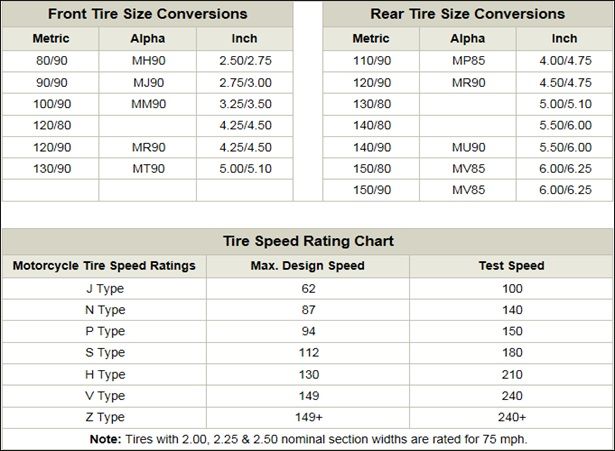 Even in the metric marking system, this parameter is measured in inches. Fitting a tire designed for a 16" rim on a 17" rim won't work (and if you can, it won't end well).
Even in the metric marking system, this parameter is measured in inches. Fitting a tire designed for a 16" rim on a 17" rim won't work (and if you can, it won't end well).
The letter combination M/C indicates that the rubber is intended specifically for motorcycles.
In addition to the main code (120/70 - Z17 M / C), other information can be encrypted in different parts of the bus.
First of all, it is necessary to say about the load index (see picture). It shows the maximum weight that the tire can support when fully inflated. The load index table is presented at the bottom of the page.
A special arrow (sometimes labeled Wheel Rotation) indicates the direction of rotation.
The code TUBE or TT means that the tire must be used only with a tube, and TUBELESS or TL says that it is tubeless.
On some tires you can see the abbreviation DOT. It is applied to the models, complies with the safety standards of the US Department of Transportation.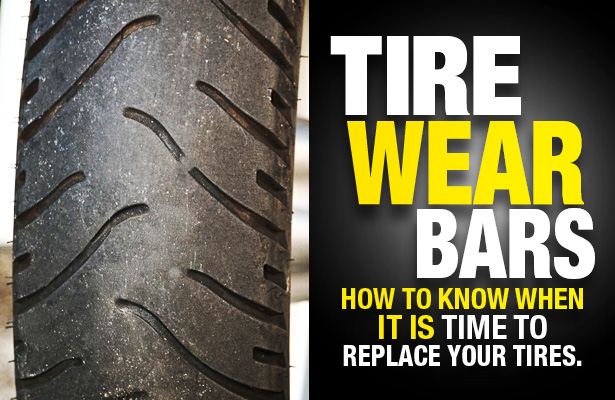 The abbreviation EUCX means the same certificate issued by one of the EU countries.
The abbreviation EUCX means the same certificate issued by one of the EU countries.
The letter B in a circle is a sign of approval according to the results of tests within the framework of UNECE regulations, the number next to it is the country where the test was carried out.
The date of manufacture of the tire can be understood from the last four digits in the oval, for example 4207 - 42nd week of 2007.
Load indexes
| Designation | kg | Designation | kg | Designation | kg | Designation | kg |
| 20 | 80 | 37 | 128 | 54 | 212 | 71 | 345 |
| 21 | 82. 5 5 | 38 | 132 | 55 | 218 | 72 | 355 |
| 22 | 85 | 39 | 136 | 56 | 224 | 73 | 365 |
| 23 | 87.5 | 40 | 140 | 57 | 230 | 74 | 375 |
| 24 | 90 | 41 | 145 | 58 | 236 | 75 | 387 |
| 25 | 92.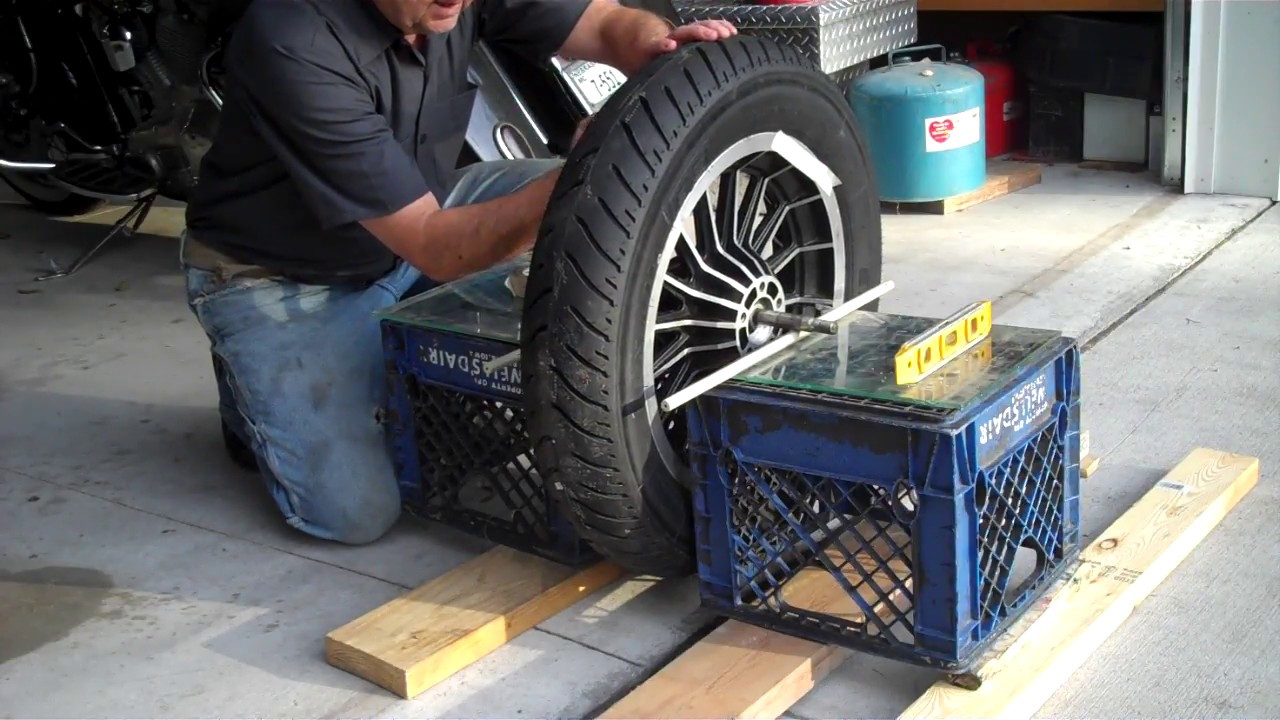 5 5 | 42 | 150 | 59 | 243 | 76 | 400 |
| 26 | 95 | 43 | 155 | 60 | 250 | 77 | 412 |
| 27 | 97 | 44 | 160 | 61 | 257 | 78 | 425 |
| 28 | 100 | 45 | 165 | 62 | 265 | 79 | 437 |
| 29 | 103 | 46 | 170 | 63 | 272 | 80 | 450 |
| 30 | 106 | 47 | 175 | 64 | 280 | 81 | 462 |
| 31 | 109 | 48 | 180 | 65 | 290 | 82 | 475 |
| 32 | 112 | 49 | 185 | 66 | 300 | 83 | 487 |
| 33 | 115 | 50 | 190 | 67 | 307 | 84 | 500 |
| 34 | 118 | 51 | 195 | 68 | 315 | 85 | 515 |
| 35 | 121 | 52 | 200 | 69 | 325 | 86 | 530 |
| 36 | 125 | 53 | 206 | 70 | 335 | 87 | 545 |
You can see all of the listed metric marking codes for motor tires and professional comments on them in the video below.
This type of marking of motor rubber is used infrequently and is used mainly for touring tires. Let's analyze a specific example: MT90S-16.
A system that was heavily used in the 1990s and has now been largely phased out. It differs from the metric one only in the unit of measurement of the tire width (instead of millimeters inches), as well as the absence of the tire profile height indicator in the marking (by default, this parameter is considered equal to the width).
As the name suggests, for use on low profile tyres. Example: 4.25/85H-18. The first number is the tire width in inches, the second is the profile height expressed as a percentage of the width, H is the speed index, 18 is the rim diameter.
Summary table of tire sizes in various marking systems
| Permissible rim widths | Metric | Alpha | Standard in inches | Low Profile Inches |
1. 60, 1.85 60, 1.85 | 70 | MG | 2.75 | - |
| 1.60, 1.85 | 80 | MH | 3.00 | 3.60 |
| 1.85, 2.15 | 90 | MJ | 3.25 | 3.60 |
| 1.85, 2.15 | 90 | ML | 3.50 | 4.10 |
| 2.15, 2.50 | 100 | MM | 3.75 | 4.10 |
| 2.15, 2.50, 2.75 | 110 | MN | 4.00 | 4. 60 60 |
| 2.15, 2.50, 2.75 | 110 | MP | 4.25 | 4.25/85 |
| 2.15, 2.50, 2.75 | 120 | MR | 4.50 | 4.25/85 |
| 2.15, 2.50, 2.75 | 120 | MS | 4.75 | 5.10 |
| 2.50, 2.75, 3.00 | 130 | MT | 5.00 | 5.10 |
| 2.75, 3.00, 3.50 | 140 | MU | 5.50 | - |
| 3.50, 4.00 | 150 | MV | 6. |